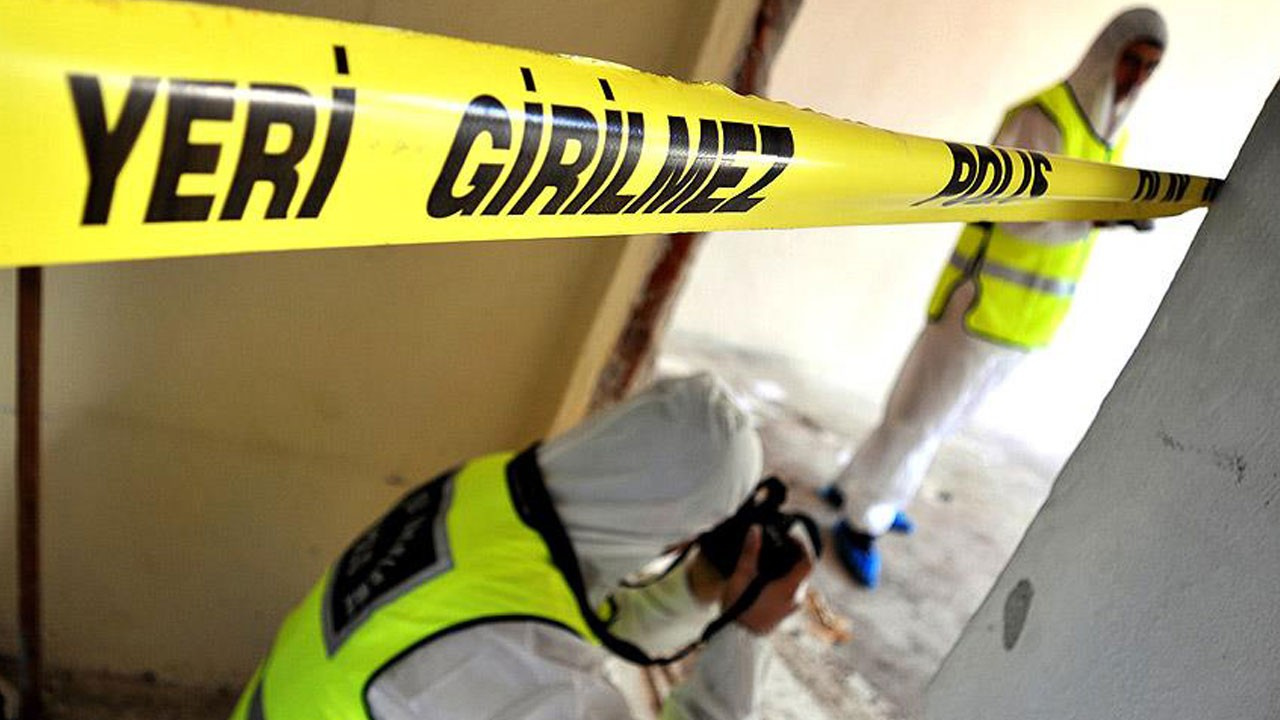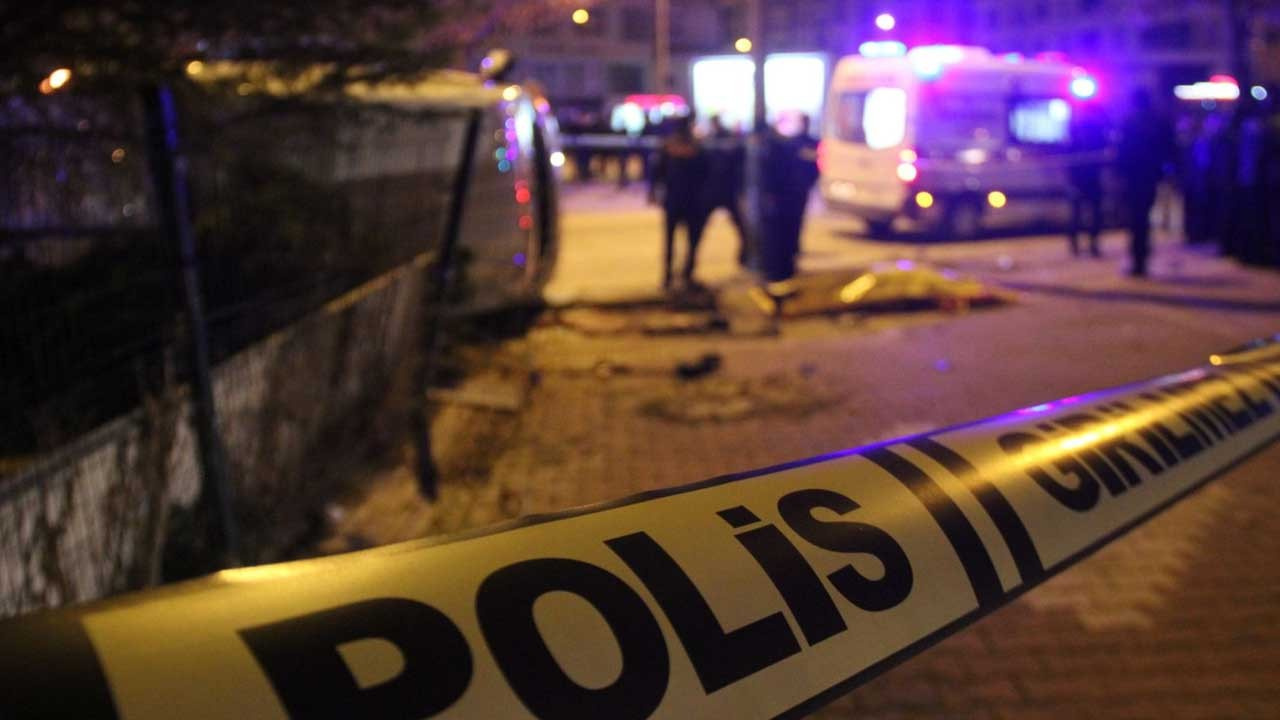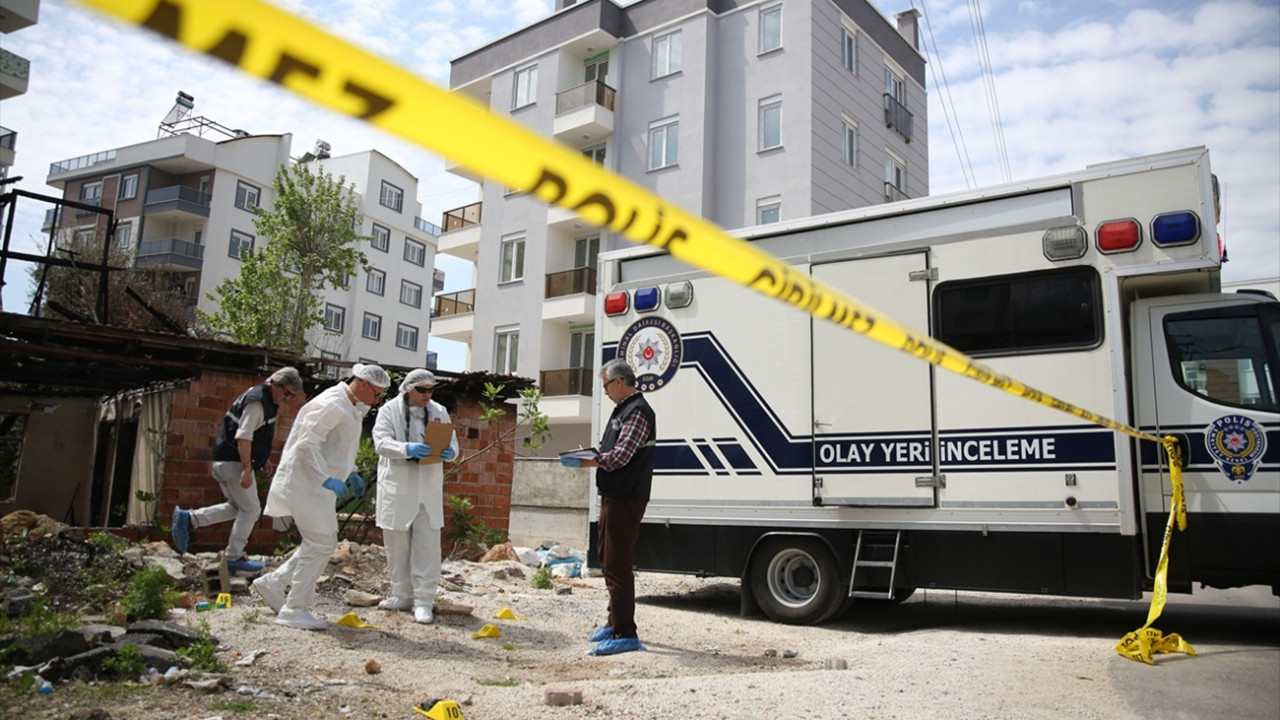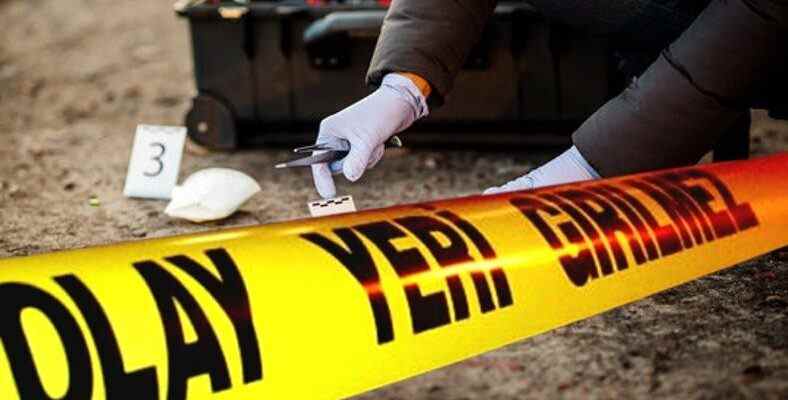The crime scene investigation team, which is one of the first teams to come to the crime scene when a forensic incident occurs, collects evidence about the incident by applying many different methods and forms the first step to solve how the incident happened. Let’s take a closer look at the special methods and search methods of crime scene investigation teams.
I wish it wasn’t, but countless crimes are committed every day all over the world and it is up to law enforcement to solve these crimes. The first and most important evidence about the forensic case is found at the crime scene. The one who found this evidence is the crime scene investigation team. Crime scene investigation teams and their work It is interesting enough to inspire many productions both in the world and in our country.
Crime scene investigation teams, which are seen as people who collect things in their special clothes, actually act in the light of carefully prepared scientific methods for many years. They ask some questions, determine some details according to these questions and apply special methods accordingly. Bride the specific methods and search methods of crime scene investigation teams. let’s take a closer look.
How do crime scene investigators search?
- Type of crime such as rape, murder, theft
- The nature of the crime such as murder, suicide, accident
- The size of the crime scene, such as macroscopic or microscopic
- Crime scene location such as indoor and outdoor
- The complexity of the crime scene
The methods to be applied by the crime scene investigation teams are primarily determined according to these and similar basic principles. Team, first considers these fundamental principles and lays out appropriate methods. The next thing to do is to ask some questions and determine the method that will give the most correct answers to these questions.
What questions do crime scene investigators seek to answer?

- Are the doors and windows locked or open?
- Are there any tool marks or broken locks at the entrances?
- Is there a trace of a fight at the crime scene or is it messy?
- Was there a letter, suicide note, or threatening note at the crime scene, opened?
- Is food prepared in the kitchen, for how many people?
- Any traces of crowds such as empty glasses, bottles, full ashtrays?
- How many different cigarette butts are in the ashtray?
- Is there a change that shouldn’t be there, such as a sofa blocking the entrance?
- Is the litter box full, is there anything unusual, is it mixed up?
- Are the bath towels wet or used for any cleaning?
- Are guns used, are there shell casings, how many?
- Was the crime committed with a knife, is there a missing knife in the kitchen, is it a planned crime?
- How many different shoe prints are there at and near the crime scene?
- How many different vehicle tire tracks are there at and near the crime scene?
- Is there blood on the floor, wall and ceiling?
Crime scene investigation teams begin to ask these and similar questions within the scope of the principles they have previously determined. The method to be applied aims to give the best answers to these questions. The method to be applied depending on the crime scene principles and questions is the method in which the most scientifically accurate results will be obtained.
Methods used in crime scene investigation:
- Regional Method
- Ribbon Method
- Grid Method
- Spiral Method
- Wheel Search Method
- Random Search Method

Regional Method:
In the regional method, which can be applied both indoors and outdoors, the crime scene is divided into virtual zones. A separate officer is appointed for each region and each officer uses techniques specific to the situation in the area. Searched areas are double checked. This method cannot be applied in narrow spaces.
Ribbon Method:
In the lane method, which is also called the parallel method, the crime scene is planned as a walking route with virtual lanes. Depending on the crime scene size A maximum of two officers can apply the lane method. The officer starts walking from one corner of the crime scene and takes slow steps to detect all the evidence. A perfect result is obtained when double-checked.
Grid Method:
The grid method is built on a similar working principle as the strip method. The only difference is the grill method. virtual lanes create a much more detailed and tight route. Depending on the size of the crime scene, a maximum of two officers can apply this method. It is an extremely effective method especially outdoors and in large event venues.

Spiral Method:
The spiral method, which is used indoors where there are fewer obstacles, is called the search method by drawing a spiral at the crime scene. The spiral path to be followed during the search, Depending on the scene, it can be drawn from the inside out or from the outside in. Depending on the size of the crime scene, a maximum of two officers can apply this method.
Wheel Search Method:
The wheel search method is a method applied in large and large outdoor areas such as fields and deserts. As in the regional method, the area, It is divided into virtual regions by considering it as a circle. Each district has an officer. Accuracy is increased by inspecting other regions after the officers themselves. A large crime scene investigation team is required.
Random Search Method:
Random search method is one of the most preferred methods because it can be applied in any crime scene, in any crime. There are no rules when applying this method. It may seem like a complex method, but it is the most accurate method to be applied in complex crime scenes, at least until the basic findings are reached.
Able to expertly solve even the most intricate forensic cases from the methods and search methods used by crime scene investigation teams. we talked about. It is impossible not to admire the work of the crime scene investigation teams, who are the secret heroes of all the events.
Source :
https://www.forensicscienceexpert.com/2020/01/crime-scene-search-methods.html
